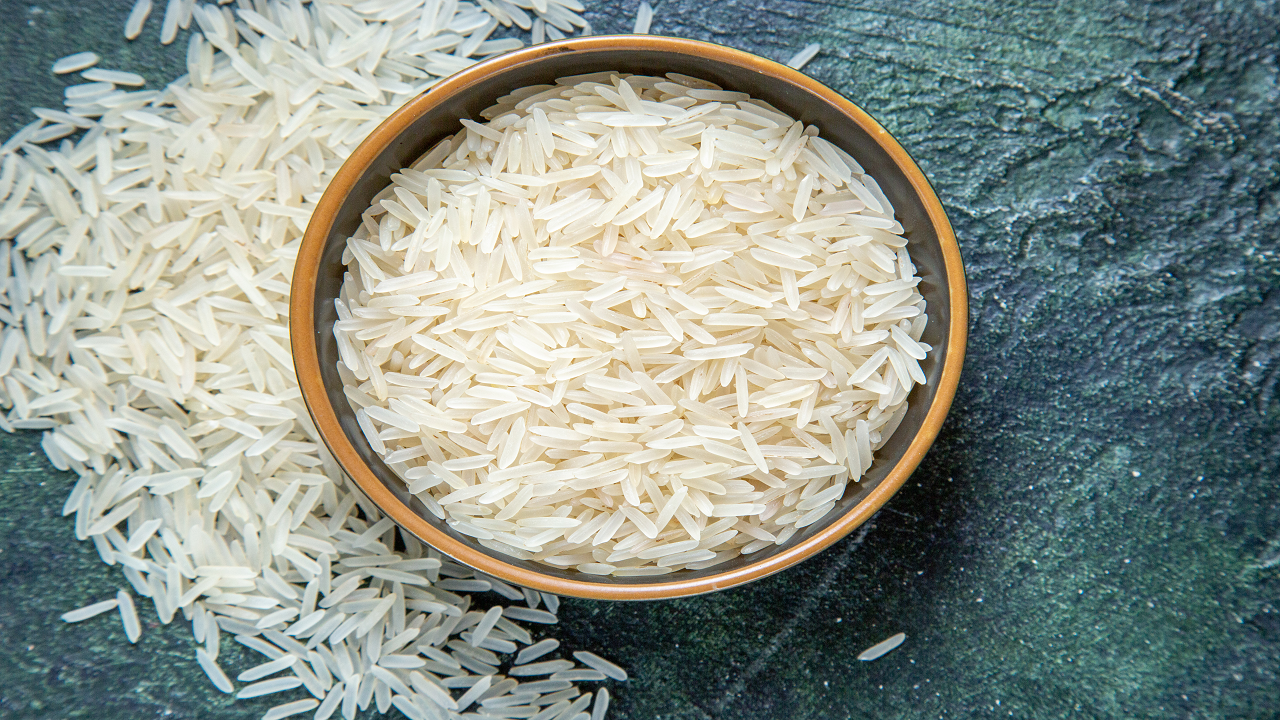
In 2023, rice exports have notably increased by 15.06% compared to the previous year, reaching 7.33 million metric tons (MMT) by August 17. This growth is significant despite limitations on certain rice types. Notably, parboiled rice and Basmati rice exports surged. Parboiled rice saw a remarkable 21.18% growth, reaching 3.29 MMT, while Basmati rice exports increased by 9.35% to 1.86 MMT. Despite a 20% export duty imposed since September 9, 2022, and a prohibition from July 20, 2023, non-basmati white rice exports still rose by 4.36% to 1.97 MMT.
The Department of Agriculture reports a decline in rice production, with 13.84% less rice (158.95 LMT) produced during the Rabi Season of 2022-23 compared to the previous year (184.71 LMT in 2021-22). Despite this, international rice prices have risen due to high demand from Asian buyers, production disruptions in major rice-producing countries, and concerns about El Nino's impact. The FAO Rice Price Index reached its highest value since 2011, up 19.7% from the previous year. Indian rice remains competitively priced, leading to increased exports in 2021-22 and 2022-23. The government has received reports of misclassified and unlawfully exported non-basmati white rice, leading to a ban from July 20, 2023, as it was being shipped under incorrect HS codes meant for parboiled and Basmati rice.
To prevent unauthorized exports of non-basmati white rice as Basmati rice, the government has instructed the Agricultural & Processed Food Products Export Development Authority (APEDA) to enhance its existing online export oversight system for Basmati rice. This directive aims to implement additional precautions and safeguards.
-
Contracts for Basmati rice exports valued at USD 1200 per metric ton (MT) or more must be officially registered to obtain a Registration – cum – Allocation Certificate (RCAC).
-
Contracts valued below USD 1200 per MT should be temporarily suspended and referred to a committee assembled by the Chairman of APEDA. This committee's role is to investigate price variations and analyze the utilization of this avenue for exporting non-basmati white rice. It has been observed that there is considerable disparity in the contract prices for exported Basmati rice, ranging from a minimum of USD 359 per MT despite the average export price being USD 1214 per MT in the current month. The Committee is expected to submit its findings within one month, following which appropriate decisions can be made concerning the export of lower-priced Basmati rice as planned by the industry.
-
APEDA is advised to engage in discussions with the trading community to raise awareness about this issue and collaborate with them to discourage any exploitation of this channel for exporting non-basmati white rice.
















